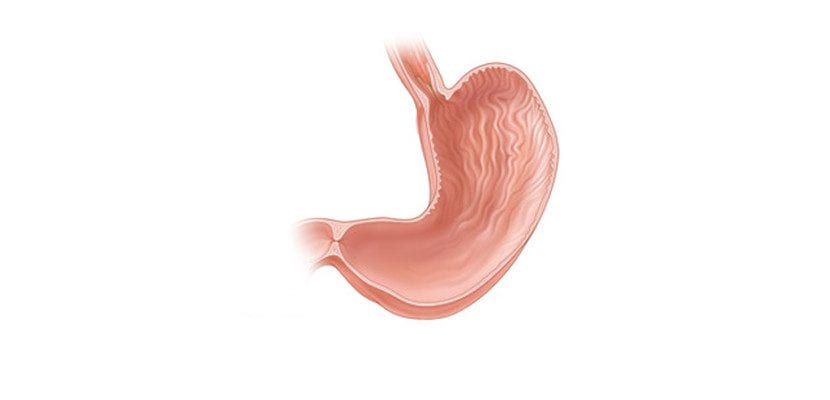
Gastric bypass is a type of surgery for the treatment of obesity which consists of creating a small pouch in the stomach. Also known as gastric bypass surgery, it is the most widely used technique in the US and other countries, in which the surgeon divides the stomach into a large portion and a much smaller one.
The small part is sewn or stapled, forming a bag that can only hold one cup of food. With such a small stomach people feel full quickly and eat less. This strategy is called "restrictive" because the new size of the stomach restricts the amount of food it can hold.
The second part of the surgery consists of the Bypass. The surgeon disconnects the new, smaller stomach pouch from most of the stomach and the first part of the small intestine (the duodenum) to connect it to a part of the small intestine slightly lower (the jejunum). This surgical technique is called "Roux-Y."
After a "And for Roux", the absorption of calories and nutrients is slowed, since the food passes directly from the stomach to the jejunum, avoiding the duodenum. Because of this, this method of weight loss is called "malabsorptive."
Generally, the stapling of the stomach and the «Roux-Y» are performed during the same surgery, when they are done together, they are called «Gastric bypass with the Roux-Y technique». It is usually carried out laparosomically (through small cuts in the belly), although there are cases in which it is not possible. Then surgeons can do a laparotomy (a large cut in the middle of the belly)
Recovery
After gastric bypass surgery, people must stay in the hospital for two to three days before returning from home –sometimes it is less and others more, depending on the patient–, although it is usually advisable not to join the routine again until after two to three weeks.
Serious complications are very rareespecially when the procedure is performed by a highly experienced surgeon. However, other health problems can occur as a result of the surgery. For example, not absorbing as much iron or calcium as before can cause anemia and osteoporosis. Taking supplements and getting tested regularly can lower your risk.